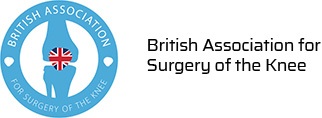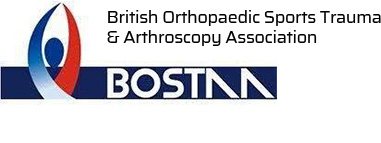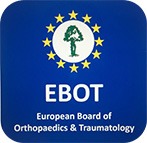Chondromalacia Patella
Anatomy of the Knee Joint
The patella, also called the kneecap, is a small bone present on the front of your knee joint. The underside of the patella is covered by cartilage that allows smooth gliding of the knee with movement. Overuse or misalignment of the patella can cause wear and tear of the cartilage.
What is Chondromalacia Patella?
Chondromalacia patella is a common condition characterized by softening, weakening and damage of the cartilage on the undersurface of the knee cap . It especially occurs in women.
Causes of Chondromalacia Patella
There is no explicit reason why the cartilage gets damaged. It may be associated with improper knee alignment or imbalance in the tightness of the muscles holding it in place. Overuse of the knee in certain sports activities may cause wear and tear of the cartilage. This may cause rubbing or grinding of the kneecap against the bone instead of it smoothly gliding over the knee joint.
Chondromalacia patella may also be caused due to injuries such as fractures or dislocations or may develop as a part of your ageing process.
Symptoms of Chondromalacia Patella
Chondromalacia patella is a common cause of knee pain. Called patellofemoral pain, it is characterized by the following:
- Pain in front, around or behind your knee
- Pain that gets worse when climbing up or down the stairs, sitting or standing for long periods, or when extreme pressure is applied on the knee
Other symptoms may include:
- Grinding or cracking sensation or noise when you move your knee
- Rarely, swelling or fluid effusion in your knee joint
Diagnosis of Chondromalacia Patella
This will involve a physical examination of the knee . In addition you may need investigations like an X Ray and MRI scan to confirm the diagnosis .
Treatment of Chondromalacia Patella
The treatment of chondromalacia patella initially involves simple conservative procedures. You may be advised to rest your knee and avoid any activity that may strain the knee joint. Conservative management includes prescription of painkillers and anti-inflammatory drugs to relieve pain and reduce swelling. Physical therapy may help you to improve the muscle strength, decrease stress on your knee and aid in correcting the misalignment. Wearing support braces and taping around the knee may help you protect your joint, reduce pain and improve alignment. Application of ice on the knee may be recommended after exercise.
In cases where conservative management fails to resolve the symptoms , surgery may be indicated . This most commonly involves key hole surgery , or knee arthroscopy, where a camera is inserted into the knee joint through tiny incisions . This allows the surgeon to clearly view the inside of the knee joint, in order to stabilise or remove flaps of loose and damaged cartilage.
During the consultation, Mr Taneja will discuss the best treatment option for you after examination of your knee and a review of your investigations.









